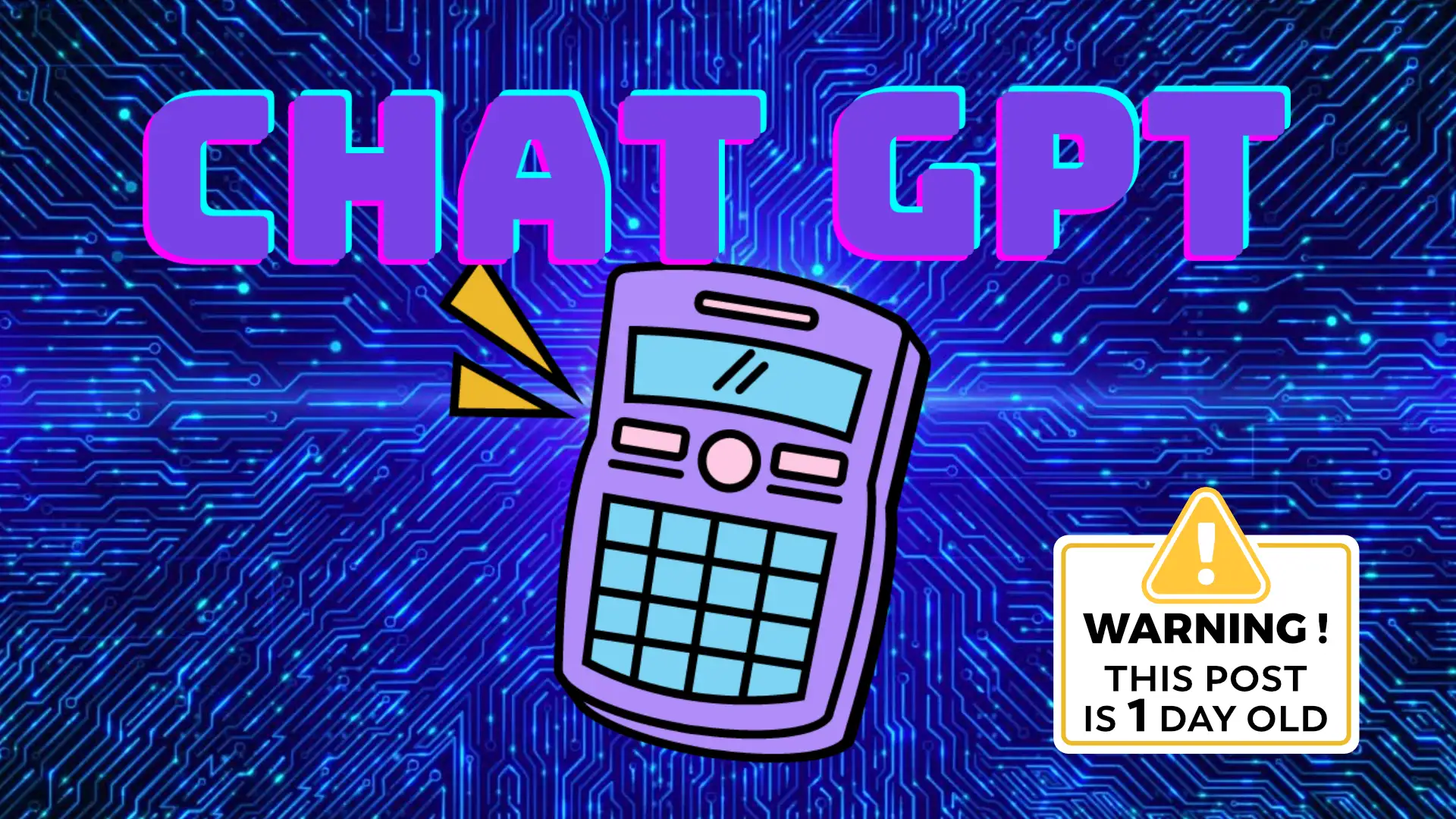⚠️ Note: This post is from early this year. We will post an update.
A good understanding of the customer demand is the starting point for effective customer service, whether delivered by humans or automated systems like Chat- and Voicebots. The question on many CX professionals’ minds right now is: what is and will be the significance of ChatGPT in customer service?
Much has already been said and written about ChatGPT. Right now, as much as the output can sometimes capture your imagination, the solution primarily is a website where you can interact with a writing artificial assistant. That assistant keeps getting better by adding new data. But in all the reports about ChatGPT, a few essential deficiencies remain underexposed:
- Firstly, the dataset ChatGPT is working with so far is biased and always (a year) old. That means new insights are not included as a source for the output.
- Secondly, ChatGPT is what scientists call a “stochastic parrot”: a system that “parrots” back words and characters based on what it has seen in texts before. It does not link to meaning. The text that rolls out based on a command comes about based on probability. The system itself does not understand it.
- Third, more and more content coming from AI applications like ChatGPT is returning to the internet. That is not an enrichment, but an extension of sources that may be unreliable. As certain texts or data become more frequent, it increases the chances that other AI systems will mistakenly see them as correct. AI solutions are thus trained with more and more also unverified sources, which we know may contain many untruths: looped BIAS.
Applications in customer service
What can we do with solutions like ChatGPT in Customer Service? Think of a task like ‘compose ten different messages notifying the customer that a parcel will be delivered later’ – something you could also use for chatbot dialogues. Or formulate an apology letter, write text for a marketing message or create instructions for installing a device. The advantage of this kind of assignments is that the output has a particular tone of voice, which you can also describe in advance in your assignment. On the other hand, a lot of CX companies presumably already have these types of informational texts available.
The second area of application is to support customer service advisors in their work. ChatGPT can get you started on articulating and explaining a complex topic or rewriting texts. On the other hand, if we start using AI to produce new content and answers like some kind of calculator, advisors will skip the step of getting to the bottom of certain complex topics and really making it their own. That learning process normally leads to personal growth and development. With this ‘language calculator’, we are putting this at risk.
Another obvious solution ChatGPT could offer in customer service is in the area of personal self-service. However this will be the biggest challenge for now,: for service beyond answering general questions, you often need context and customer data. ChatGPT so far only works with open datafrom sources freely available on the internet.
If we want to use a tool like ChatGPT for personalized customer service, we will first have to solve some issues around reliability and data protection. Not only is it difficult to provide ChatGPT with frameworks so that a GDRP-compliant answer is generated, the use of customer data is also subject to EU regulations.. We don’t know exactly where the information users provide to ChatGPT is stored. So it is highly expected that there already were privacy breaches occurring because people are providing personal data to ChatGPT.
In the CX future:
- You can give ChatGPT access to your email, WhatsApp and other conversations, allowing the system to imitate your way of communicating and be able to compose new messages for you that only need to be approved by you.
- ChatGPT will become increasingly sophisticated and will also be able to recognize emotions in text and communicate in an empathetic way with both satisfied and dissatisfied customers.
- ChatGPT will be able to summarize large amounts of text. This will make (difficult long) texts easier to understand and more accessible to people who have difficulty reading texts with comprehension.
- Integrated into a webshop, you could ask the smart assistant to write a text describing the advantages and disadvantages of different products based on the many customer reviews.
- ChatGPT could even take on the role of a celebrity in the future and be used to interact with fans and (potential) customers.
But for all the examples, ensuring real human contact in customer service remains important. And if you want to have a real chat about the future of CX, contact us!”
PS: this article has not been written with ChatGPT, ✋
